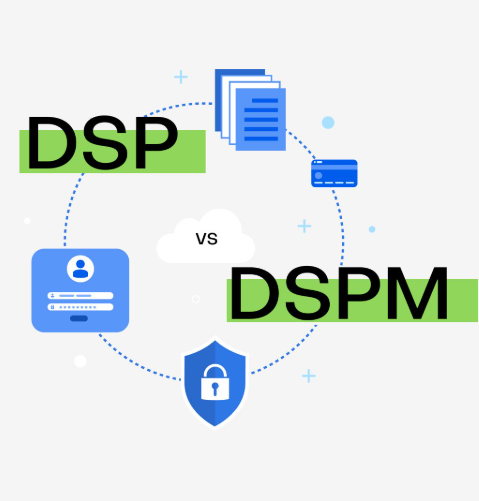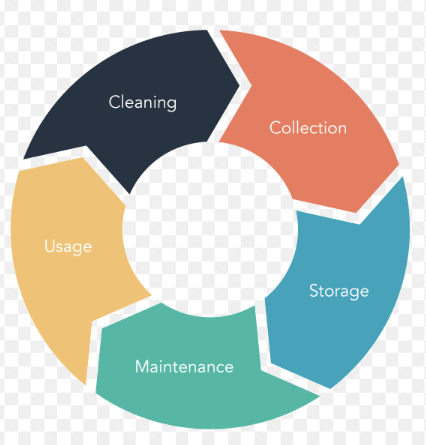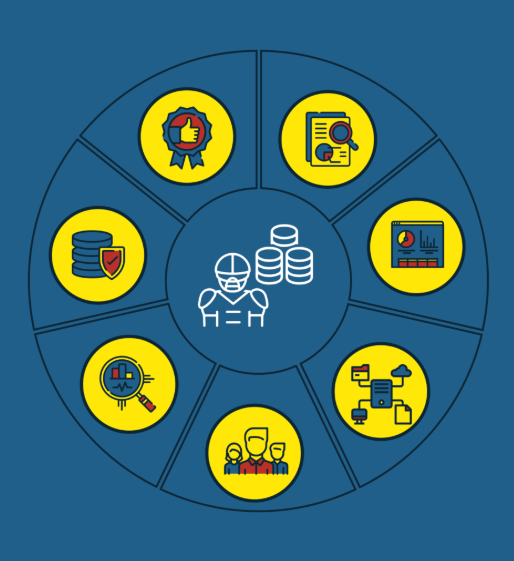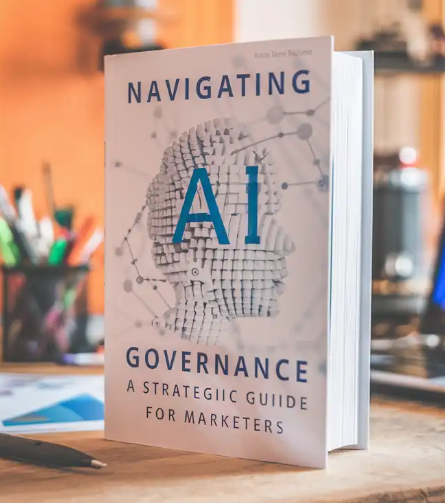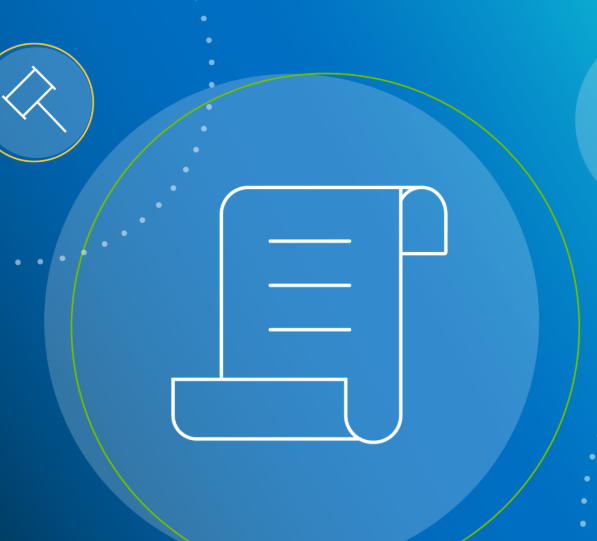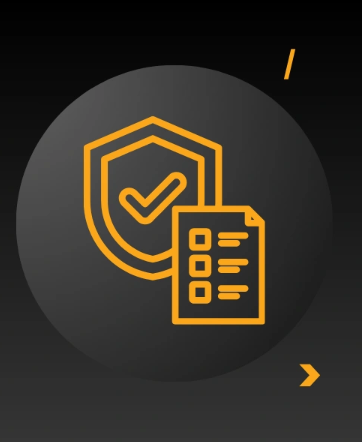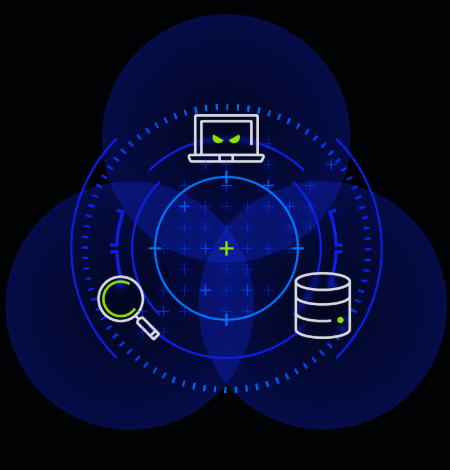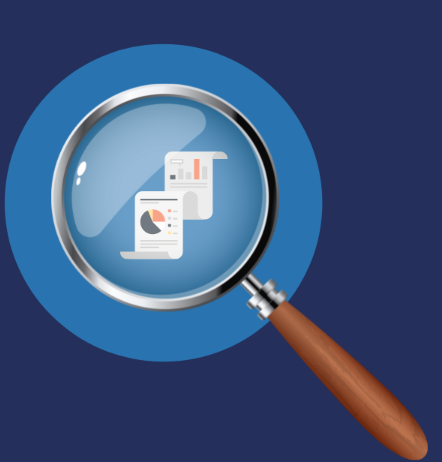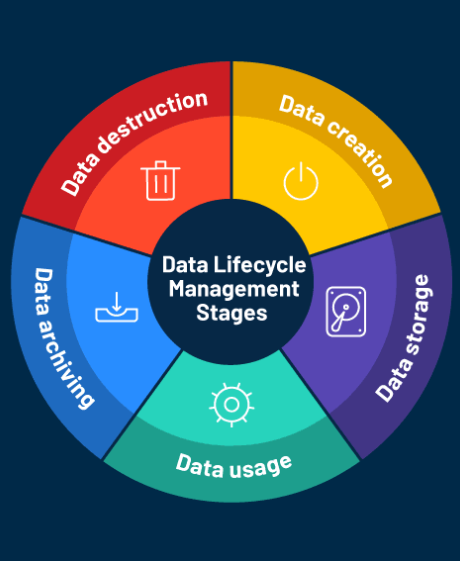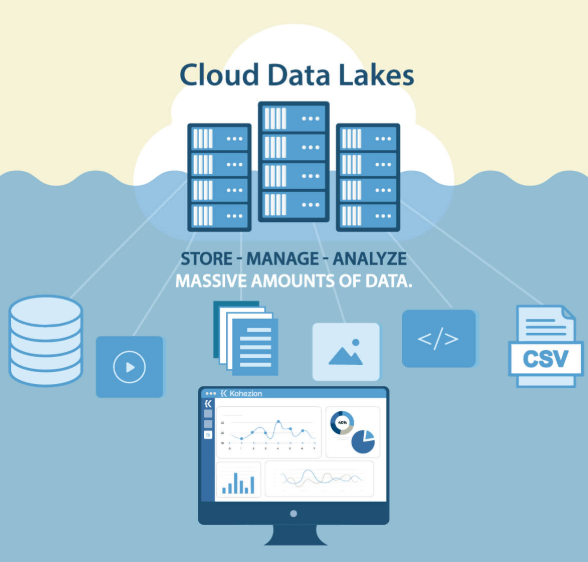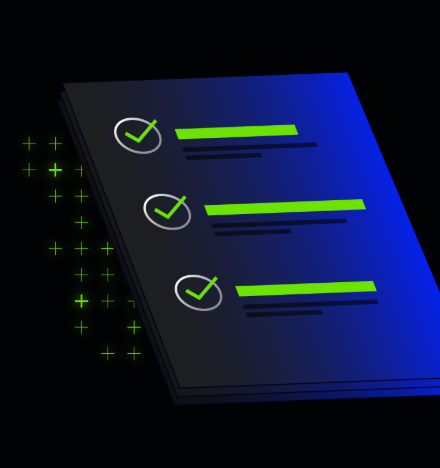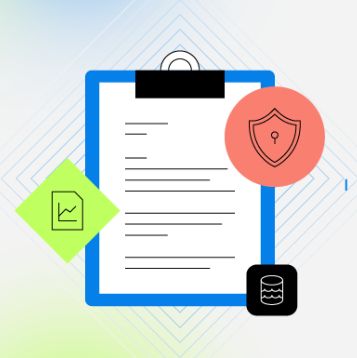
As organizations continue to generate and store more sensitive data, the importance of effective governance and protection becomes increasingly critical. From personal health information and financial records to intellectual property, sensitive data plays a central role in today’s business operations. However, as companies scale, they face significant challenges in managing and safeguarding this data. Without the proper governance strategies, businesses risk data breaches, regulatory penalties, and reputational harm. This article explores how businesses can tackle the challenges of governing sensitive data and ensure compliance at scale.
The Growing Challenge of Managing Sensitive Data
As organizations grow, the complexity of managing sensitive data increases. According to recent research, more than 60% of organizations struggle to maintain consistent data governance, especially when handling sensitive information across different platforms and regions. Several factors contribute to this difficulty:
- Data Fragmentation: Sensitive data is often spread across multiple environments—on-premise systems, cloud platforms, third-party applications, and data lakes. Managing these disparate data sources requires sophisticated tools and strategies to ensure compliance and security.
- Lack of Visibility: With vast amounts of sensitive data, it’s easy for businesses to lose track of where their data is stored, who has access to it, and how it’s being used. Lack of visibility increases the risk of non-compliance and data breaches.
- Inconsistent Classification: Effective data governance starts with correctly identifying and classifying sensitive data. Misclassification or inconsistent practices can lead to regulatory violations and missed opportunities for data protection.
Regulatory Compliance and Sensitive Data
Ensuring compliance with data privacy laws is another major challenge in governing sensitive data. From the General Data Protection Regulation (GDPR) in the EU to the California Consumer Privacy Act (CCPA) in the U.S., and sector-specific regulations like HIPAA, businesses must navigate an increasingly complex regulatory environment.
Compliance is not a one-time task, but an ongoing process that requires continuous monitoring, auditing, and reporting to stay in line with both local and international laws. Non-compliance can lead to heavy financial penalties, legal issues, and a loss of trust with customers and stakeholders.
The Role of Automation and Technology in Data Governance
As businesses scale, manual data governance becomes insufficient. To manage sensitive data effectively, many organizations are turning to automation and advanced technologies.
- AI and Machine Learning: AI-driven tools can help organizations automate data classification, detect anomalies, and spot potential security threats. These tools are particularly valuable in environments where data is constantly changing and growing.
- Data Loss Prevention (DLP) Tools: DLP solutions help prevent unauthorized sharing of sensitive data, ensuring that it stays within the organization’s control and complies with security policies.
- Data Mapping and Metadata Management: Mapping where sensitive data resides, how it flows, and who has access to it provides businesses with greater visibility, reducing the likelihood of data breaches.
According to industry research, companies that adopt automated data governance solutions can significantly reduce the time spent on compliance tasks, allowing more resources to be allocated to other critical initiatives.
The Challenges of Cloud Data Governance
With the widespread adoption of cloud computing, managing sensitive data in the cloud has become increasingly complex. While cloud platforms offer scalability and flexibility, they also pose new risks, particularly around data sovereignty and cross-border data transfers.
Many organizations are storing sensitive data in the cloud, but many lack proper control and visibility over it, especially when using third-party services. To effectively govern sensitive data in the cloud, organizations must implement strong security protocols, encryption, and ensure that their cloud providers meet compliance requirements. Cloud-native data governance tools can help businesses monitor and manage data across multiple cloud environments, ensuring regulatory and security requirements are met.
Best Practices for Managing Sensitive Data
To overcome the challenges of governing sensitive data at scale, businesses should adopt the following best practices:
- Develop a Comprehensive Data Governance Framework: Create clear policies for data classification, access control, and compliance management. Ensure that all stakeholders understand their responsibilities in handling sensitive data.
- Invest in Automation: Use AI, machine learning, and data mapping technologies to automate data classification, risk assessments, and compliance reporting.
- Conduct Regular Audits: Regularly audit data governance practices to ensure that sensitive data is protected across all systems and in line with compliance requirements.
- Ensure Data Transparency: Provide transparency around sensitive data handling practices, ensuring employees and third-party partners understand how data is managed.
- Implement Strong Security Measures: Use encryption, multi-factor authentication (MFA), and role-based access control (RBAC) to prevent unauthorized access to sensitive data and reduce the risk of data breaches.
Why Effective Data Governance Matters
Managing sensitive data effectively is essential not only for compliance but also for building trust with customers and stakeholders. With the right tools and strategies in place, organizations can protect their data, meet regulatory requirements, and unlock valuable insights that drive business growth.
Investing in data governance solutions helps businesses ensure that they are prepared to handle the increasing volume and complexity of sensitive data, minimizing risks and maximizing their ability to thrive in a data-driven world.












